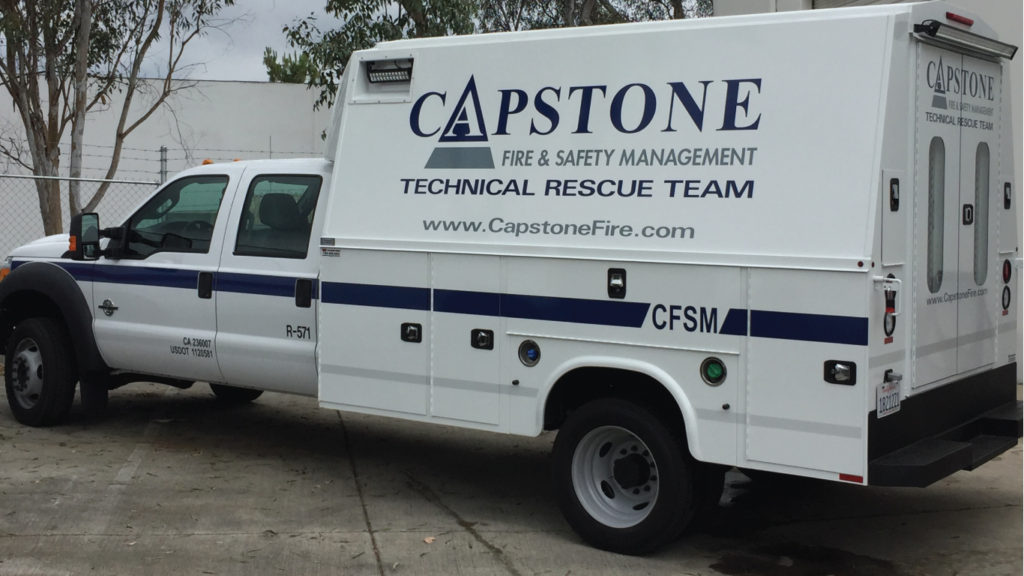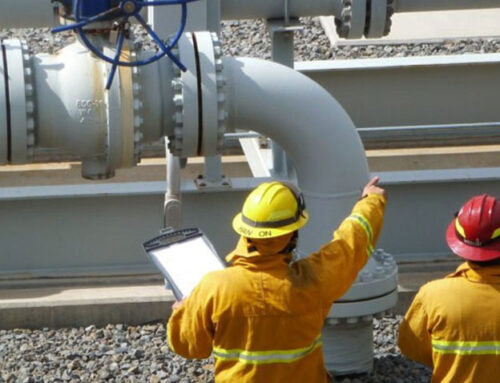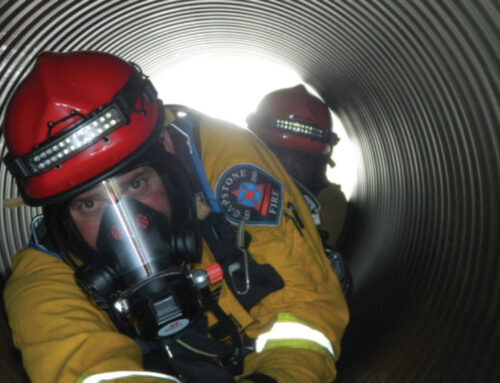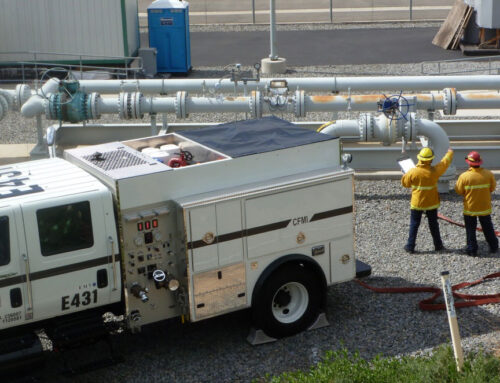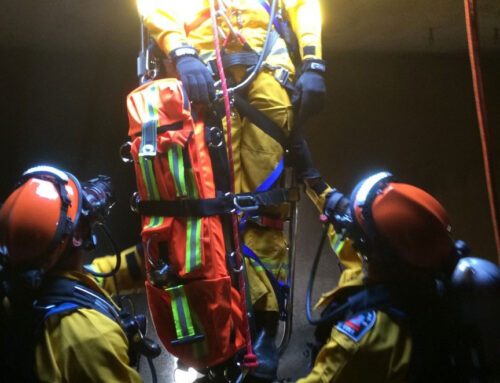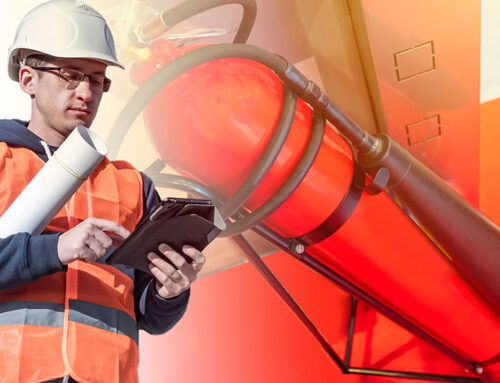There is more to fire rescue than simply putting out fires. In many cases, fire rescue will involve highly technical, stressful situations like technical confined space rescue—a type of rescue that involves helping to free someone from a tight or confined space like a cave, a sewer, or an underground vault. Unfortunately, these rescues are more common than you may think, and require highly trained professionals to be able to execute the rescue in a safe way while also helping to calm down the trapped individual.
Technical confined space rescue is a broad term that refers to helping rescue someone that has been trapped. In many cases, this might involve children or elderly individuals that have become trapped by accident, or professionals that become trapped while working on a job. It is the responsibility of the fire rescue team to be able to rescue the person, and it can often be extremely time-sensitive in situations where the individual may be lacking oxygen or is exposed to dangerous chemicals.
It is paramount, however, that the person doing the rescuing is highly trained in executing the rescue safely in order to avoid complications or injury associated with the rescue—which is more common than you may think. There are three types of technical confined space rescue that professionals often refer to, and each one has its own specific set of guidelines for how to safely get the job done.
Self Rescue
The term “self rescue” is pretty self explanatory and refers to rescue situations wherein the individual is able to free themselves from the trapped enclosure. In many cases this will involve a professional or trusted person standing on the outside of the enclosed space to help the trapped individual free themselves safely by identifying potential hazards along the way. As you can imagine, this type of rescue is almost always the best and safest option when possible.
Non-Entry Rescue
A non-entry rescue refers to helping free an individual that has been trapped by opening the confined space and letting the person emerge on their own. This is the second safest option, as it allows the individual to become freed without having anyone else enter the confined space, but can be dangerous as it exposes the rescuer and the trapped individual to more potential danger.
Entry Rescue
An entry rescue is considered to be the type of rescue situation that poses the highest amount of risk. In this case the trapped individual cannot become freed without the help of the rescuer, and specifically without the rescuer entering the confined space to free them. Many of these rescue situations happen when the individual is hurt or incapacitated, or the rescuer is physically or mentally inable to emerge on their own—such as if a child or elderly person becomes trapped in a dangerous situation. In these cases, a professional is almost always needed to execute the rescue in order to avoid complications or further problems.

